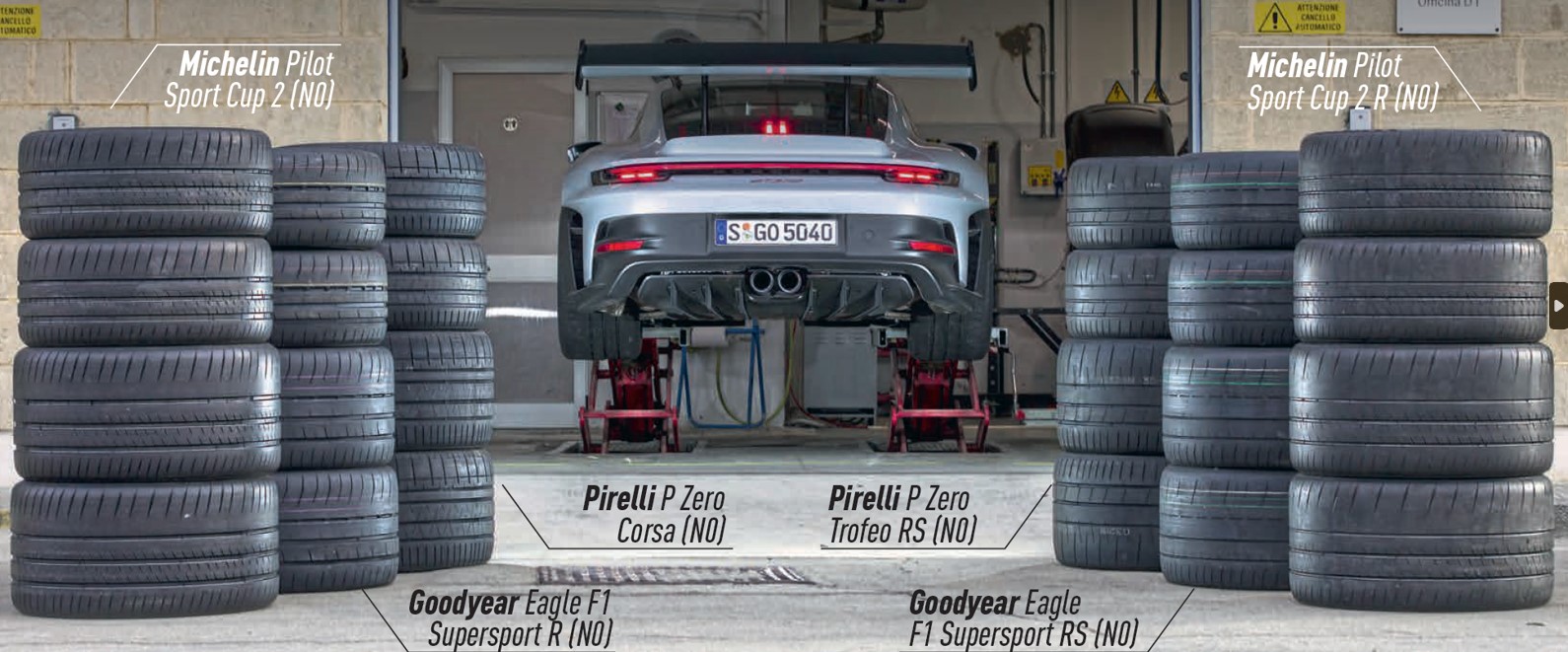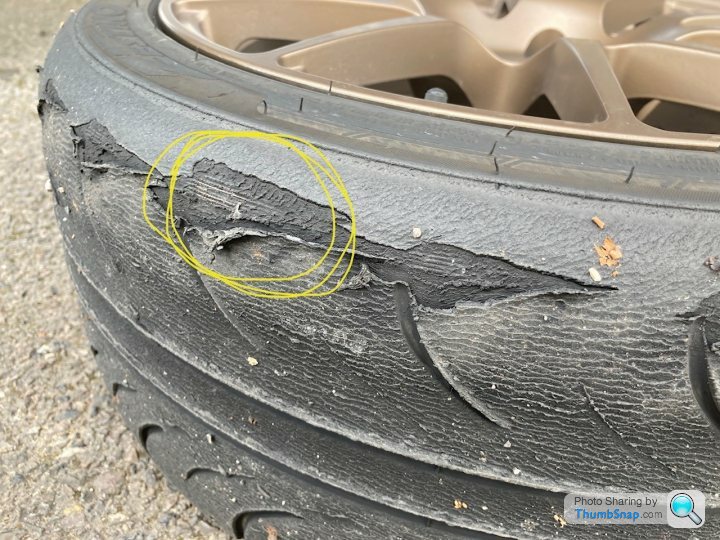All Categories
Featured
Table of Contents
I was able to obtain 100 hours out of among these tires, and while it had definitely no tire lugs left on it, the soft substance made it function extremely wellas long as I was using a soft mousse. Kitt Stringer image Easy mounting - 3Wear - 3Sidewall strength - 3Performance on roots - 4Performance on wet rocks - 2Traction on dust - 5Cornering ability - 4Traction while braking - 4Self-clearing of dust and mud - 3Performance in mud - 3Overall predictability or monitoring - 3 _ 37 Verdict: This is an excellent all-around tire with good worth for cash.

The wear was regular and I such as exactly how lengthy it lasted and exactly how regular the feel was throughout use. This would certainly additionally be an excellent tire for faster races as the lug dimension and spacing little bit in well on fast surface. Kitt Stringer picture Easy installing - 3Wear - 3Sidewall stamina - 3Performance on origins - 4Performance on damp rocks - 4Traction on dirt - 4Cornering capability - 4Traction while braking - 5Self-clearing of dirt and mud - 4Performance in mud - 4Overall predictability or monitoring - 4_42 Verdict: I liked this tire a lot.
If I needed to acquire a tire for hard enduro, this would certainly be in my top option. Easy installing - 3Wear - 3Sidewall strength - 3Performance on origins - 4Performance on damp rocks - 3Traction on dust - 4Cornering capacity - 3Traction while braking - 3Self-clearing of dirt and mud - 4Performance in mud - 4Overall predictability or monitoring - 3 _ 34 Conclusion: This tire was very soft and flexible.
All the gummy tires I tested executed relatively close for the very first 10 hours or two, with the victors going to the softer tires that had better grip on rocks (Tyre packages). Getting a gummy tire will certainly offer you a solid advantage over a normal soft compound tire, yet you do pay for that benefit with quicker wear
Car Tyres
This is a perfect tire for springtime and autumn problems where the dirt is soft with some moisture still in it. These proven race tires are great all about, but use rapidly.
My total victor for a tough enduro tire. If I had to spend cash on a tire for daily training and riding, I would certainly select this set.
Top All-season Tyres
I have actually been running a set of Michelin Power Pilot 2CT's on my track Daytona 675 for the past year. In that time I have done 15 track days in all climates from chilly damp to extremely hot and these tyres have never missed out on a beat. Tyre deals. I've done almost 2,000 miles (3,200 kilometres) on them and as you can see from this shot of the front taken after initial session of my 15th track day on them, they still have quite a great deal of rubber left on them
Simply put the 2CT is a fantastic track day tire. If you're the type of cyclist that is likely to experience both damp and dry problems and is starting on course days as I was last year, then I assume you'll be hard pressed to locate a far better worth for cash and proficient tire than the 2CT; a pair of which will establish you back around 185 (US$ 300) in the UK.
Developing a better all round road/track tyre than the 2CT need to have been a hard task for Michelin. The result of that initiative is the Michelin Pilot Power 3 which basically replaces the Pure. Don't puzzle this brand-new tire with the road going Pilot Road 3 which is not developed for track usage (although some motorcyclists do).
They motivate huge self-confidence and offer remarkable grasp degrees in either the wet or the completely dry. When the Pilot Power 3 introduced, Michelin suggested it as a 50:50% road: track tire. That message has recently changed because the tires are now recommended as 85:15% roadway: track usage rather. All the motorcyclist reports that I have actually checked out for the tire rate it as a much better tyre than the 2CT in all locations but specifically in the damp.
Trusted Car Tyre Fitting – Alexander Heights WA
Technically there are several distinctions in between both tires although both utilize a dual substance. Aesthetically you can see that the 2CT has less grooves reduced into the tire however that the grooves run to the side of the tyre. The Pilot Power 3 has more grooves for much better water dispersal however these grooves do not get to the shoulder of the tire.
One aspect of the Pilot Power 3 which is different to the 2CT is the new 2CT+ technology which prolongs the harder center section under the softer shoulders (on the rear tyre). This must offer much more security and reduce any "agonize" when speeding up out of edges regardless of the lighter weight and even more adaptable nature of this new tire.

I was a little dubious about these reduced stress, it turned out that they were great and the tyres carried out really well on track, and the rubber looked better for it at the end of the day. Simply as a factor of referral, various other (fast group) bikers running Metzeler Racetecs were utilizing tyre stress around 22-24 psi for the back and 24-27 psi on the front.
Creating a better all rounded road/track tyre than the 2CT must have been a difficult job for Michelin. The result of that initiative is the Michelin Pilot Power 3 which basically replaces the Pure. Don't confuse this brand-new tyre with the road going Pilot Road 3 which is not made for track use (although some motorcyclists do).
Top Tyre Checks Near Me – Alexander Heights
When the Pilot Power 3 launched, Michelin advised it as a 50:50% road: track tyre. All the cyclist reports that I have actually read for the tire rate it as a much better tyre than the 2CT in all areas yet particularly in the wet.

Technically there are plenty of differences between both tyres also though both use a double compound. Visually you can see that the 2CT has less grooves cut into the tyre however that the grooves run to the edge of the tire. The Pilot Power 3 has more grooves for better water dispersal yet these grooves do not reach the shoulder of the tyre.
One facet of the Pilot Power 3 which is different to the 2CT is the new 2CT+ technology which prolongs the harder center section under the softer shoulders (on the back tire). This need to offer much more stability and lower any "agonize" when speeding up out of corners despite the lighter weight and even more adaptable nature of this new tire.
I was somewhat dubious regarding these lower pressures, it turned out that they were great and the tyres executed actually well on track, and the rubber looked far better for it at the end of the day - Vehicle tyres. Equally as a factor of reference, other (rapid team) cyclists running Metzeler Racetecs were making use of tire pressures around 22-24 psi for the rear and 24-27 psi on the front
Latest Posts
Best Tyre Upgrades – Koondoola WA
Trusted Tyre Tuning Near Me (Bassendean WA)
Top Wheel Alignment Near Me (Wangara)